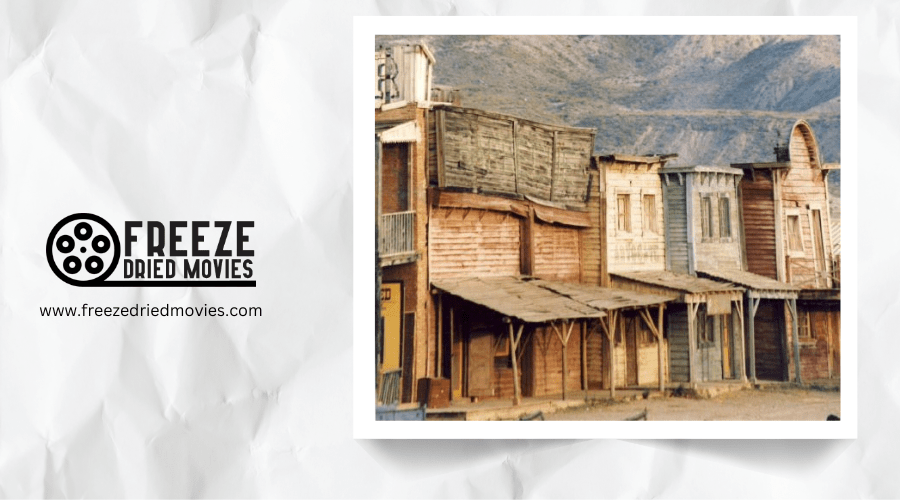The Most Memorable Film Scores in Spaghetti Western History

When you think of spaghetti westerns, you'll likely hear those distinctive whistles, twangs, and haunting melodies in your mind before any images appear. Ennio Morricone's revolutionary scores didn't just accompany gunfights and desert landscapes—they transformed them, creating tension and emotional depth that dialogue alone couldn't achieve. His unconventional use of whistles, whips, and electric guitars redefined what film music could be. But Morricone wasn't the only composer who shaped this iconic genre's sound...
Ennio Morricone: The Maestro Behind the Gunfire
When bullets echo across dusty landscapes in spaghetti westerns, it's often Ennio Morricone's genius you're hearing in the background. His revolutionary work with director Sergio Leone created the sonic foundation for an entire genre, particularly in the Dollars Trilogy and Once Upon a Time in the West.
His approach transformed film music forever, crafting melodies that feel as expansive as the western frontier itself. You'll recognize Morricone's spaghetti western scores by their innovative blend of classical composition with unconventional elements—whistling, electric guitars, gunshots, and haunting harmonicas.
What makes Morricone one of history's greatest film composers isn't just his technical brilliance but his ability to create iconic, influential soundscapes that continue to inspire today's musicians and composers across all genres. The legendary collaboration between Morricone and Leone reached its artistic peak with The Good, the Bad and the Ugly, where Eastwood's minimal dialogue and steely gaze were perfectly complemented by the composer's evocative soundtrack.
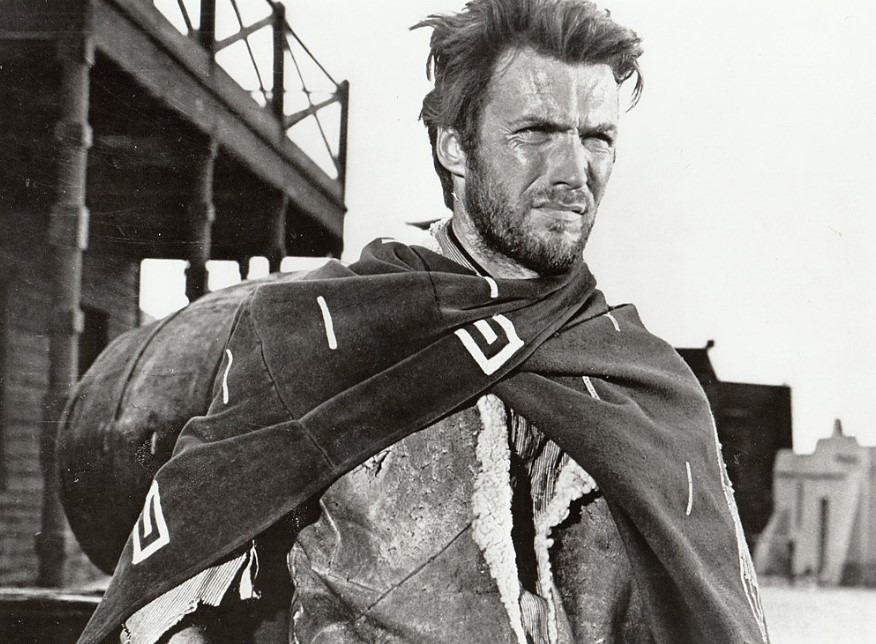
The Dollars Trilogy: Reinventing Western Soundscapes
The Dollars Trilogy stands as the perfect showcase of Morricone's revolutionary approach to film scoring. When you listen to these iconic spaghetti western soundtracks, you're experiencing a complete reinvention of Western genre music. Morricone's collaboration with Sergio Leone produced unforgettable musical themes that transformed how audiences experienced these films.
The haunting whistle and electric guitar in "The Good, the Bad and the Ugly" became instantly recognizable worldwide, while the chiming pocket watch motif in "For a Few Dollars More" brilliantly established character and built tension. From "A Fistful of Dollars" onward, Morricone blended orchestral elements with folk instruments like the Jew's harp and ocarina, creating a distinctive soundscape that perfectly complemented the films' moral ambiguity and violent themes of the changing West.
Much like the narrative continuity emphasis of 1930s cinema, Morricone's scores provided a coherent musical structure that enhanced the psychological motivations of characters throughout Leone's trilogy.
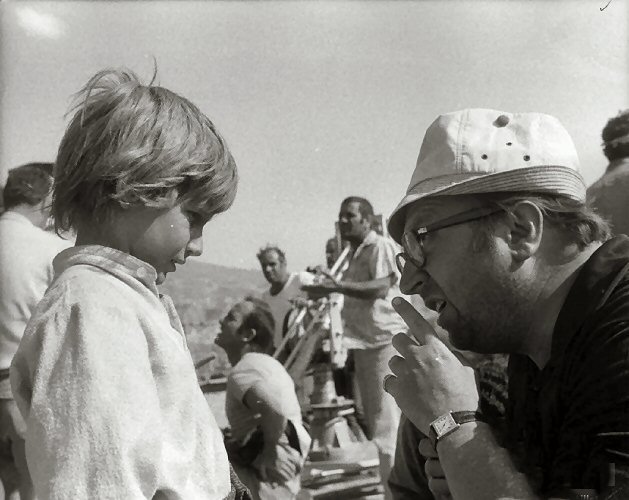
Beyond the Shootouts: Musical Storytelling in Once Upon a Time in the West
If Morricone's work on the Dollars Trilogy established his signature sound, his masterpiece for "Once Upon a Time in the West" elevated film scoring to high art. Working closely with Sergio Leone, Morricone crafted a soundtrack that transcends typical spaghetti western accompaniment to become a powerful narrative device.
You'll notice how the haunting harmonica theme doesn't just create atmosphere—it reveals character psychology and drives the plot forward. Morricone brilliantly balances folk-inspired melodies with avant-garde experimentation, using unconventional instruments like electric guitars to heighten dramatic tension.
What makes this score legendary is how each character receives unique musical motifs that evolve throughout the film. These themes mirror their inner lives, enhancing the mythic qualities of Leone's epic western while telling a parallel emotional story through sound alone. This approach to character-driven musical storytelling shares striking similarities with how Japanese Golden Age filmmakers like Kurosawa used visual elements to serve narrative purpose in their cinematic masterpieces.
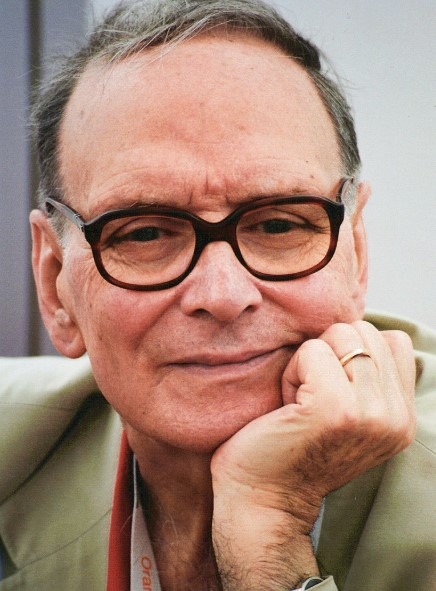
Whistles, Whips and Wah-Wah: Unconventional Instruments in Spaghetti Western Scores
Few elements define the sonic landscape of Spaghetti Westerns more distinctly than their radical departure from traditional orchestration. Under Ennio Morricone's innovative direction, film scores embraced unconventional instruments that would become genre hallmarks.
You'll recognize the haunting whistles in "Once Upon a Time in the West" instantly—these human vocalizations evoke a primal mood that transcends dialogue. Similarly, the visceral crack of whips in "The Good, the Bad and the Ugly" adds percussive texture impossible to achieve with standard instruments.
Morricone's experimental approach extended to emerging technology, incorporating wah-wah guitars to create gritty, edgy atmospheres. This fusion of unusual sounds didn't just accompany the visuals—it transformed how filmmakers approached musical storytelling, cementing these distinctive sonic signatures as inseparable from the Spaghetti Western experience.
Legacy and Influence: How Morricone's Work Shaped Modern Film Music
While revered for their immediate impact on the Spaghetti Western genre, Morricone's revolutionary compositions have cast a far longer shadow across the entire landscape of film music. You'll notice his influence in countless scores that followed, as his unique musical style transformed how composers approach their craft.
Morricone's genius lay in blending classical orchestration with unexpected elements—electric guitars, whistles, and whips—creating instantly recognizable sonic signatures. His partnership with Sergio Leone demonstrated how a film composer could become integral to a director's cinematic vision.
Beyond technique, Morricone showed that film music could transcend background accompaniment to become a film's emotional heartbeat. His commercial success proved that distinctive, melodic scores could define a film's identity while enhancing its storytelling power—a lesson that continues to influence composers today.
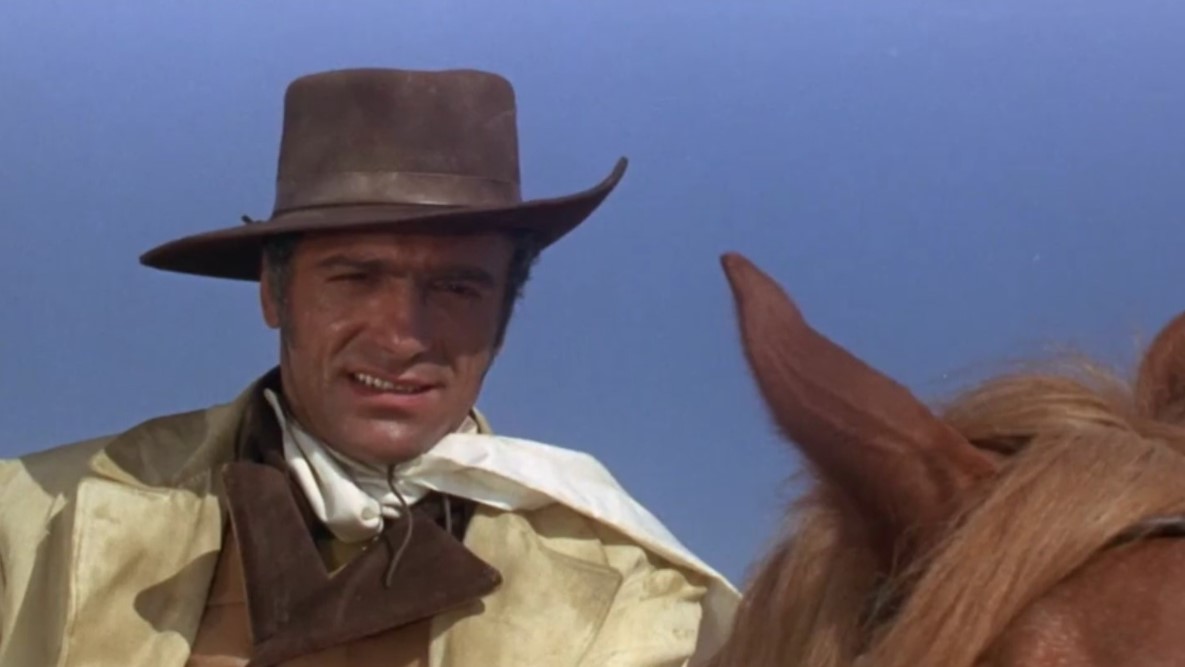
Forgotten Gems: Underrated Musical Scores in Lesser-Known Spaghetti Westerns
Beyond the iconic melodies that defined Leone's masterpieces, the Spaghetti Western genre boasts a treasure trove of musical brilliance that often goes unrecognized.
You'll find Ennio Morricone's haunting composition for "Death Rides a Horse" among these hidden gems—a theme so powerful that Tarantino later featured it in "Kill Bill: Vol. 1." Similarly underappreciated is Morricone's work on "Duck, You Sucker!"—a score that balances grandeur with tenderness in ways that deserve greater recognition.
For atmospheric innovation, look to Morricone's collaboration with Sergio Corbucci on "The Great Silence," where the music enhances the film's darker tones. These influential techniques eventually inspired modern Western scores like Gustavo Santaolalla's pre-filmed compositions for "Brokeback Mountain" and Marco Beltrami's Oscar-nominated work on "3:10 to Yuma."
The Music of Vengeance: How Scores Amplify the Revenge Themes
Revenge, that primal human instinct, finds its perfect auditory expression in the spaghetti western genre where composers masterfully transform vengeance into haunting musical motifs.
Ennio Morricone's scores for "For a Few Dollars More" elevate the film's revenge narrative through repetitive watch chimes that tick like a countdown to justice, intensifying Clint Eastwood's relentless pursuit.
In Sergio Corbucci's "The Great Silence," Morricone crafts a sparse, melancholic score that mirrors the futility of vengeance itself. The harmonica in "Once Upon a Time in the West" becomes more than an instrument—it's the voice of sorrow and loss driving the vendetta forward.
These westerns rely on their musical accompaniment to heighten the psychological burden of revenge, exposing the moral complexities behind each gunshot and standoff.

Tarantino at the 82nd Academy Awards in 2010
From Sergio Leone to Tarantino: The Enduring Impact of Spaghetti Western Music
Though decades have passed since Sergio Leone revolutionized the western genre, the distinctive musical landscapes created for his films continue to reverberate throughout modern cinema. You'll find Leone's visual style perfectly complemented by what many consider one of the greatest film scores ever created.
From the haunting harmonica in "Once Upon a Time in the West" to the iconic theme of "The Good, the Bad and the Ugly," these musical set pieces define the spaghetti Western experience.
Modern filmmakers, particularly Tarantino, have embraced this legacy:
- The "Man with No Name" trilogy soundtracks influence contemporary scoring techniques
- "A Fistful of Dollars" established a sonic template later Italian filmmakers would follow
- Ennio Morricone's compositions are frequently sampled and referenced in today's films
The marriage of Leone's visuals with Morricone's music created an enduring cultural phenomenon.



